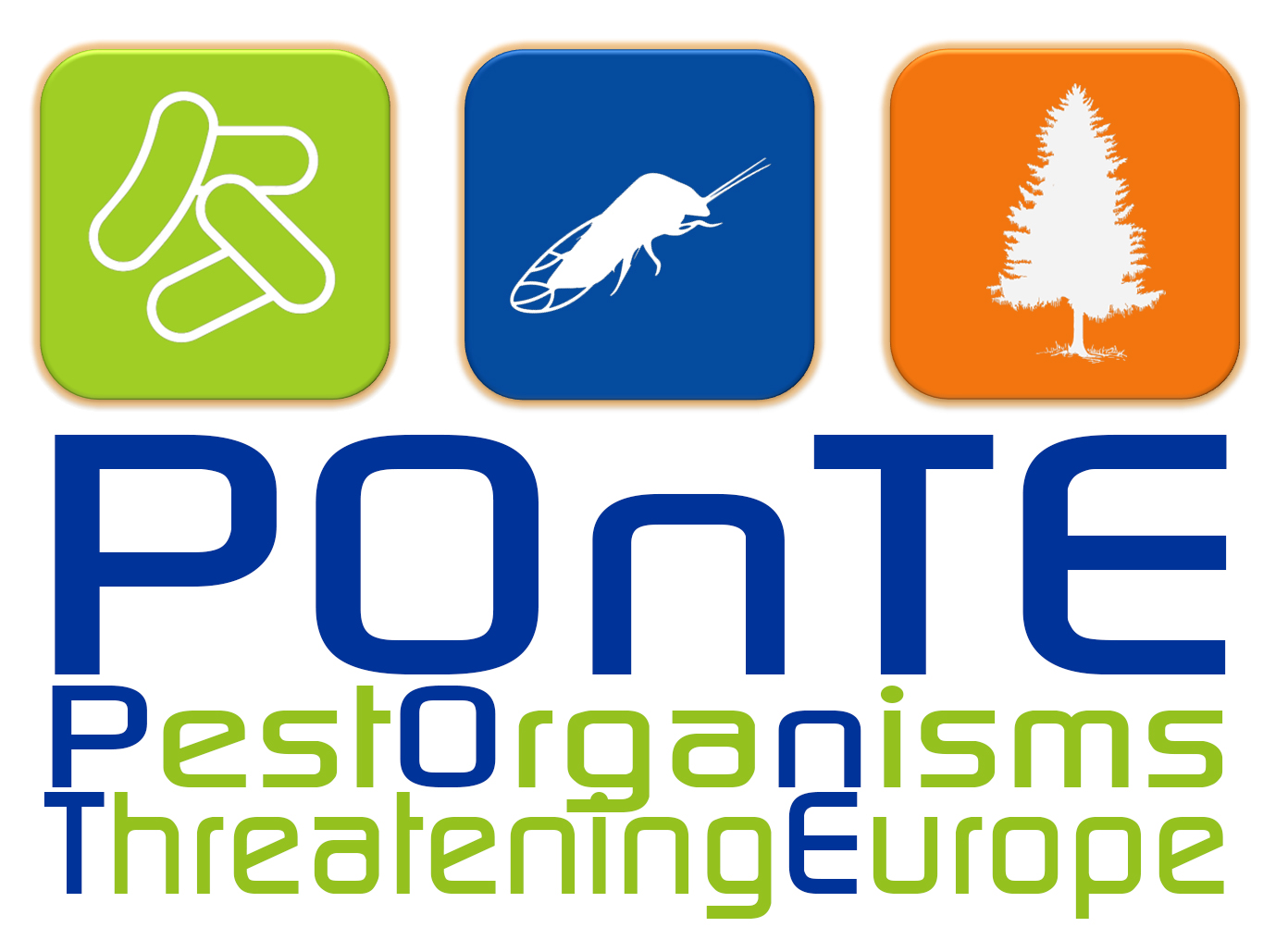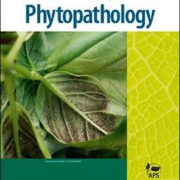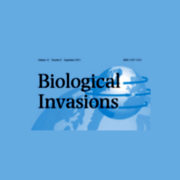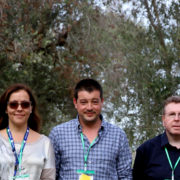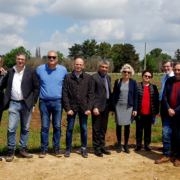The DinJ/RelE toxin-antitoxin system suppresses bacterial proliferation and virulence of Xylella fastidiosa in grapevine
ORIGINAL ARTICLE
USDA-ARS, Crop Diseases Pests and Genetics Research Unit, 9611 S Riverbend Ave, Parlier, California, United States, 93648; lindsey.burbank@ars.usda.gov
USDA-ARS, 9611 S. Riverbend Ave, Parlier, California, United States, 93648
drake.stenger@ars.usda.gov
Abstract
Xylella fastidiosa, the causal agent of Pierce’s disease of grapes, is a slow-growing, xylem limited, bacterial pathogen. Disease progression is characterized by systemic spread of the bacterium through xylem vessel networks, causing leaf scorching symptoms, senescence and vine decline. It appears to be advantageous to this pathogen to avoid excessive blockage of xylem vessels, as living bacterial cells are generally found in plant tissue with low bacterial cell density and minimal scorching symptoms. The DinJ/RelE toxin-antitoxin (TA) system is characterized here for a role in controlling bacterial proliferation and population size during plant colonization. The DinJ/RelE locus is transcribed from two separate promoters, allowing for co-expression of antitoxin DinJ with endoribonuclease toxin RelE; in addition to independent expression of RelE. The ratio of antitoxin:toxin expressed is dependent on bacterial growth conditions, with lower amounts of antitoxin present under conditions designed to mimic grapevine xylem sap. A knockout mutant of DinJ/RelE exhibits a hypervirulent phenotype, with higher bacterial populations, and increased symptom development and plant decline. It is likely that DinJ/RelE acts to prevent excessive population growth, contributing to the ability of the pathogen to spread systemically without completely blocking the xylem vessels, and increasing probability of acquisition by the insect vector.
Published on December, 12 2016 by PHYTOPATHOLOGY
